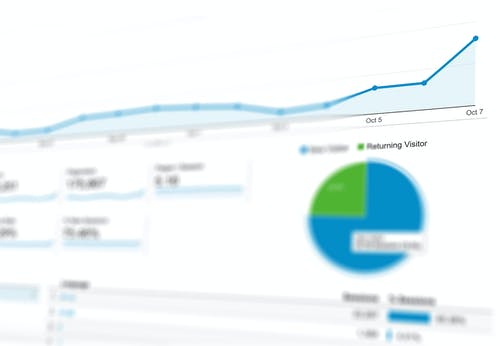Ad hoc is a Latin term, which when applied to data analytics defines a solution designed for a specific problem or task. In the simplest terms it means intelligence it means a person can choose specific data sources and determine how the result of an inquiry is presented.
In other words, users can tailor the analysis and the way its result is shared. This can be a simple or as intricate as the situation demands whether presented on a dashboard, a chart, or as an infographic — to name but a few. Here are some practical examples of ad hoc analysis and the results that can come from using it strategically.
Healthcare: An elevated rate of readmission for patients who didn’t get a satisfactory result from their initial stay can be a big problem for hospitals. This is true for a number of reasons; among them are inefficient usage of the hospital’s resources, the potential for reputational damage and of course, poor outcomes for patients.
Ad hoc analysis can help the facility determine why readmission rates are high by looking for patterns in the way patients are treated and tracing that back to the way the hospital is functioning. This can help find the problem and suggest strategies for correcting it.
Education: Let’s say a middle school has observed an overall drop-off in test scores among a certain group of students. Using ad hoc analysis it is found those same kids do better on tests given on Wednesday as opposed to Friday.
Further analysis reveals a correlation between the fact that middle school football games are held on Thursday nights and kids test poorly on Fridays.
Students attending the games have less study time the night before when tests are given on Friday. Meanwhile, there is no such impediment to studying on Tuesday nights and the same kids do better on the tests the next day. Shifting testing to Wednesday during football season results in an uptick in the school’s average test scores.
eCommerce: An online retailer sees a bump in its churn rate after a website redesign was instituted to streamline the user interface. It would be all to easy to blame it on the redesign, however given the expense involved, it’s decided to do a bit of digging to see if that’s really the cause.
An analysis of customers the site lost examines factors such as where they live, how old they are and how long they’d been shopping the site to look for potential commonalities. Turns out the shorter the amount of time shoppers had been customers of the site, the more likely they were to leave.
It was discovered newer customers tended to be less experienced than older customers and therefore needed a bit more handholding to get through the shopping process. The site redesign eliminated what, at the time, was considered to have been extraneous materials. Reworking the site to replace information helped reduce the churn and prompted a concomitant uptick in sales.
These are but three practical examples of the ways ad hoc analysis can be of benefit in a variety of situations. However they also point up some key considerations one should make when choosing analysis and reporting tools for use by an organization.
First and foremost, the platform chosen should reduce the time needed to produce reports, as well as broaden the range of people capable of creating those reports. This democratization will enable insights to surface from a wider variety of people on your team. Bringing along their own unique perspectives, they can engender new ways of looking at the situation altogether.










